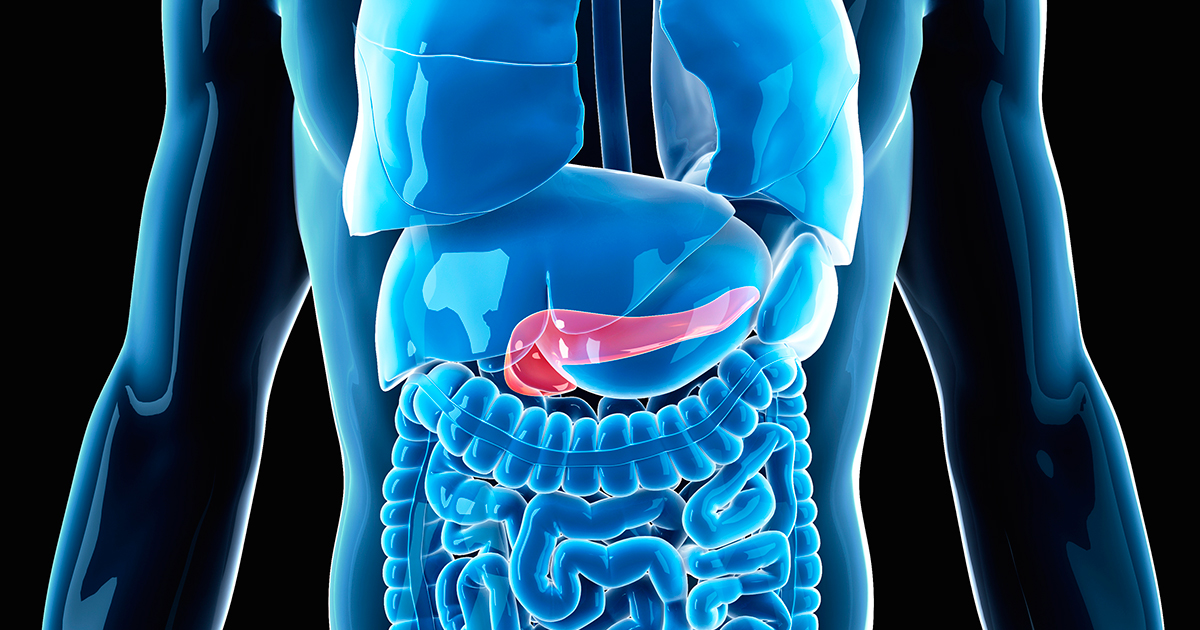Common Causes And Risk Factors For Peritonitis
Peritonitis is a condition in which the peritoneum, a membrane that covers the abdominal wall and the organs within the abdomen itself, becomes inflamed. Symptoms generally include fever, nausea, abdominal pain, thirst, constipation, and bloating. Patients may also experience decreased urine output, loss of appetite, and diarrhea. Peritonitis requires urgent medical attention to prevent the spread of the infection; if left untreated, it can be life-threatening. To diagnose this condition, doctors may perform x-rays, ultrasounds, or CT scans to check for perforations in the abdominal area. A sample of fluid from the peritoneum may be obtained and cultured to check for bacteria. Treatment options include antibiotics, pain medications, intravenous fluids, and surgery.
Some of the most common causes and risk factors for peritonitis are discussed below.
Pancreatitis

Pancreatitis is an inflammation of the pancreas, and it is normally caused by an infection, gallstones, or significant alcohol consumption. If the infection spreads beyond the pancreas, peritonitis may develop. Patients with pancreatitis may have an elevated heart rate and upper abdominal pain, and fever, nausea, back pain, and abdominal swelling may also be present. Blood tests, glucose tolerance tests, imaging studies, and a biopsy of the pancreas may all be needed to confirm a diagnosis of pancreatitis. Treatment of pancreatitis is provided in the hospital, and patients will have their heart, lung, and kidney function closely monitored since pancreatitis can cause damage to these areas. Some patients with severe pancreatitis may need to be treated in the intensive care unit. Surgery to remove gallstones or the gallbladder can sometimes resolve pancreatitis, and patients may be advised to eat a low-fat diet following the surgery.
Get the details on more causes and risk factors of peritonitis now.